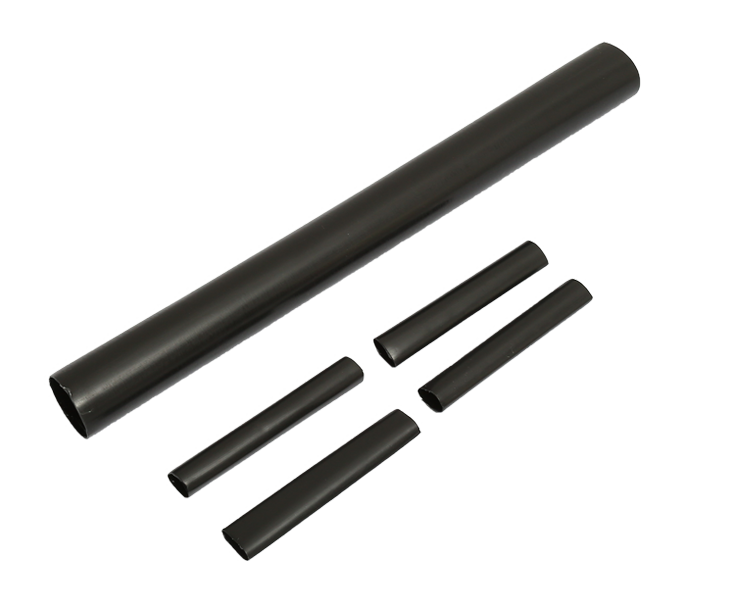What are the causes of power cable fire accidents?
Power cables form the backbone of modern infrastructure, facilitating the seamless transmission of electrical energy across diverse sectors. However, despite their critical role, power cables are not immune to risks, with fire accidents emerging as a significant concern.
One of the primary culprits behind power cable fire accidents is insulation degradation. Over time, the insulation surrounding power cables can deteriorate due to factors such as environmental conditions, moisture ingress, and mechanical stress. This degradation weakens the insulation's ability to withstand the electrical load, increasing the risk of short circuits and sparks. The compromised insulation acts as a potential ignition source, escalating the likelihood of a fire accident.
Excessive current flow through power cables, commonly known as overloading, can result from factors like increased demand, faulty equipment, or inadequate cable sizing. Overloading causes cables to generate more heat than they can dissipate, leading to overheating. The elevated temperature weakens insulation and other cable components, creating an environment conducive to fire initiation. Monitoring and regulating load distribution are crucial in preventing overloading-related fire accidents.
Inadequate installation practices during cable laying can have dire consequences. Incorrect bending radii, improper termination, and suboptimal cable clamping can lead to mechanical damage, compromising the cable's integrity. Such damage can expose conductors and insulation, increasing the likelihood of short circuits or sparks. Adhering to recommended installation guidelines and quality control protocols is paramount in minimizing installation-related fire risks.
External factors, such as excavation activities near buried power cables, pose a substantial threat. Accidental excavation without proper cable location and identification can lead to cable damage, including insulation breach and conductor exposure. This damage paves the way for electrical faults, potentially igniting fires. Implementing comprehensive cable marking, mapping, and excavation protocols helps avert fire accidents originating from external disturbances.
Aging power cable infrastructure is another critical factor contributing to fire accidents. As cables age, their mechanical strength and insulation properties diminish. The likelihood of insulation breakdown, short circuits, and sparks increases significantly. Regular cable testing, inspection, and timely replacement of deteriorating components are essential to counter the effects of aging infrastructure and forestall fire hazards.
While power cable fire accidents pose significant risks, preventive measures can significantly mitigate these threats:
1. Routine Inspection and Maintenance: Regularly assessing cable insulation, terminations, and overall condition helps identify early signs of degradation. Timely maintenance and repairs enhance cable performance and avert potential fire triggers.
2. Thermal Monitoring: Incorporating thermal monitoring systems enables real-time temperature tracking along power cables. Abnormal temperature spikes can signal potential issues, prompting proactive interventions.
3. Overload Management: Implementing load shedding, load balancing, and using appropriately sized cables helps prevent overloading-induced overheating and subsequent fire risks.
4. Enhanced Installation Practices: Adhering to industry best practices during cable installation reduces the likelihood of mechanical damage or insulation compromise.
5. Age-Based Replacement: Developing a comprehensive strategy for replacing aging cables based on their condition and anticipated lifespan safeguards against deterioration-related fire risks.
6. Training and Awareness: Equipping personnel with proper training on cable handling, installation, and maintenance fosters a culture of safety, reducing the likelihood of human-induced fire accidents.
Understanding the causes of power cable fire accidents is pivotal in formulating effective preventive measures. Insulation degradation, overloading, poor installation, external disturbances, and aging infrastructure collectively contribute to the fire risk. By embracing proactive strategies, industries can bolster the safety of their power cable systems, minimizing the potential for fire accidents and upholding the reliability of electrical networks.

 English
English 简体中文
简体中文



